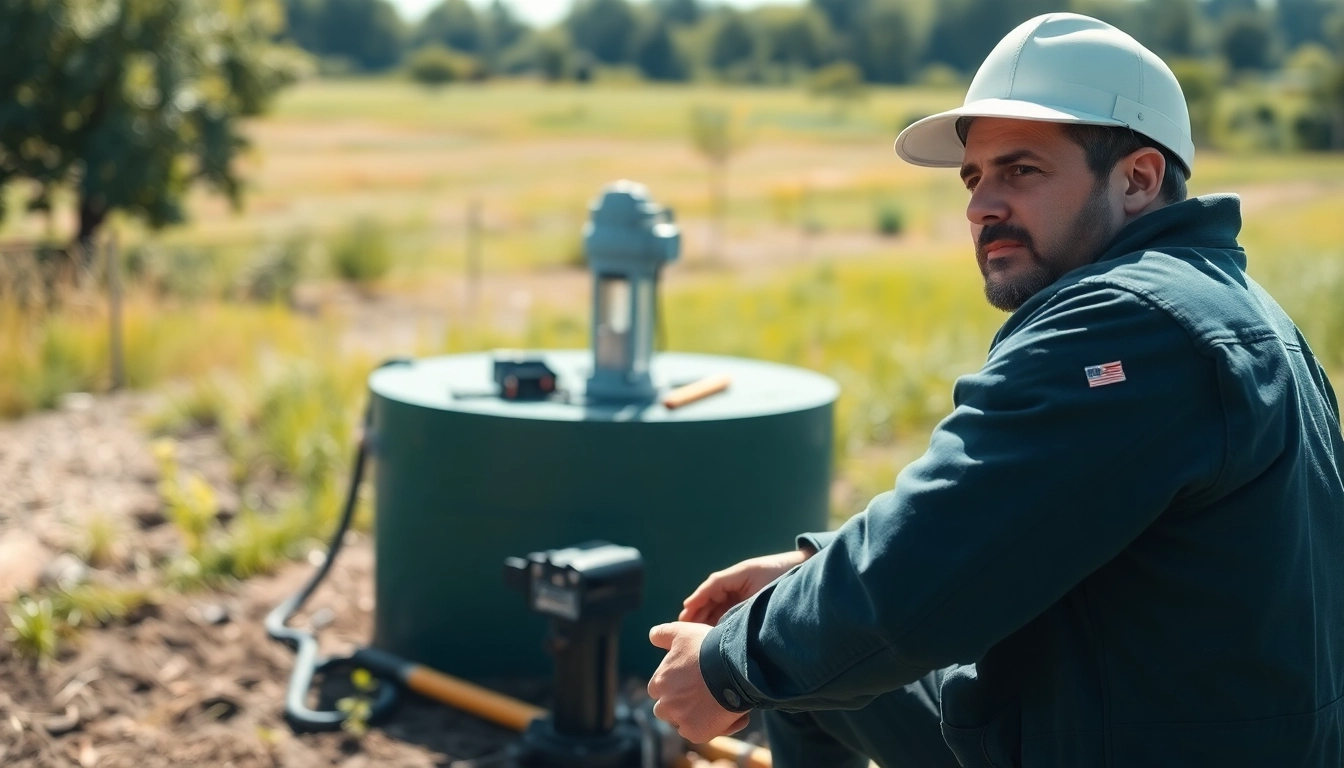Understanding Well Pump Replacement
Well pumps play a crucial role in supplying water from underground sources to our homes and businesses. Given their importance, comprehending the nuances of well pump replacement is essential. This article will guide you through everything you need to know about well pump replacement, including types of pumps, reasons for replacement, and practical steps to ensure a successful transition.
What is a Well Pump?
A well pump is a mechanical device used to extract water from a well or borehole. The water is then delivered to the surface for domestic usage, agricultural needs, and industrial applications. There are various designs and types of well pumps, each suitable for different well conditions.
Why Might You Need Replacement?
Several circumstances can necessitate the replacement of a well pump. These include:
- Age and wear: Over time, the components of a pump can deteriorate and become less effective.
- Declining performance: If you notice a decrease in water pressure or flow, it may indicate that your pump is struggling to function correctly.
- Frequent repairs: Conversely, if you find yourself frequently repairing your pump, replacement could be a more cost-effective long-term solution.
Signs That Indicate Replacement
Identifying signs that your well pump may need to be replaced is vital for ensuring continuous water supply. Common indicators include:
- Unusual noises: If your pump begins making grinding or rattling sounds, it could point to internal issues.
- Low water pressure: A significant drop in water pressure is a strong signal that your pump may be failing.
- Discoloration or bad odor of water: This can indicate contamination, possibly due to pump failure.
Types of Well Pumps
Understanding the different types of well pumps can help you select the right one for your needs:
Submersible Well Pumps
Submersible pumps are designed to be fully submerged in water. They utilize a motor that pushes water to the surface, making them effective for deep wells that require high lift. Their submerged nature also helps in reducing noise, resulting in quieter operation.
Jet Pumps
Jet pumps are commonly used for shallow wells. They operate by creating a vacuum to pull water into the pump using a combination of suction and pressure. While jet pumps can be more affordable, they are often less efficient than submersible pumps in deeper wells.
Hand Pumps
Hand pumps are operated manually and are suitable for situations where electrical power is unavailable. They are a good backup option in emergencies but require physical effort to operate, making them impractical for everyday use.
Steps for Well Pump Replacement
Replacing a well pump can seem daunting, but following meticulous steps can ease the process:
Assess Your Current System
Begin by evaluating your existing well system. Understanding the type of pump currently in use, its depth, and the flow rate will help you determine the specific requirements for your replacement pump.
Gather Necessary Tools and Materials
Preparation is key. The essential tools for a well pump replacement typically include:
- Wrenches
- Pipe wrenches
- Screwdrivers
- Electrical tape
- New pump and associated parts
Implementation of Replacement
Once prepared, begin the replacement by following these steps:
- Shut off power to the existing pump.
- Remove the old pump: For submersible pumps, this may require pulling it from the well using a casing puller.
- Install the new pump: Connect all necessary piping and wiring before lowering it into the well.
- Re-establish power and test the new system.
Cost Considerations for Well Pump Replacement
Understanding the financial implications of replacing a well pump is crucial for budget planning. Here, we explore average costs and contributing factors:
Average Price Ranges
The average cost for well pump replacement can vary widely, typically ranging from $1,500 to $5,000 based on several factors, including the type of pump selected and well depth. The labor cost can add significantly to this figure, so obtaining quotes from multiple providers is advisable.
Factors Affecting Costs
Several factors play into the total costs associated with well pump replacement, including:
- Type of pump: Submersible pumps tend to be more expensive than jet pumps.
- Well depth: Deeper wells may require additional labor and equipment to access and install the pump.
- Installation complexity: The condition and infrastructure around the existing system can impact installation time and costs.
DIY vs. Professional Installer Costs
Choosing between DIY installation and hiring a professional can drastically affect your total costs. While DIY can save money, mistakes can lead to additional costs or improper pump performance. Professional installation ensures compliance with code and provides peace of mind.
Best Practices for Well Pump Maintenance
Once your new pump is installed, maintaining it is crucial for longevity and performance. Here are some best practices:
Regular Inspection Guidelines
Schedule regular inspections every six months to ensure system performance. During these checks, examine the pump, pressure tank, and any visible pipes for wear or leaks.
Common Maintenance Tasks
Routine maintenance can include:
- Checking electrical connections and the control box.
- Flushing the system to eliminate sediment build-up.
- Replacing filters and check the pressure tank for proper air charge.
When to Seek Professional Help
If you encounter persistent issues, such as unusual noises or pressure drops, it’s wise to consult a professional. Early intervention can prevent more extensive repairs or replacement in the future.
Well pump replacement is an essential task for maintaining a reliable water supply. By understanding the types of pumps available, assessing your needs, and adhering to best practices for installation and maintenance, you can ensure your system performs efficiently for years to come.
